Hi everybody :)
Only one test remain then I will be free lol, I'm thinking to buy a PSP 3000 for my B-Day :), yesterday i bought a software[3D game Studio] which help you to make video games it's pretty look like 3Ds-Max! but so weak! i have to acknowledge Autodesk products are really great and the best choice for making Animations and Video games! so I checked Autodesk.com for 3D-Games...then i found a software [Autodesk KYnapse] this software help you to make 3D video games :D and it's really a professional program they made awesome video games with it! like Medal of Honor airborne...!! i want to buy it then i can create things with 3Ds-Max and use them in KYnapse!
I watched a program on TV about Bears and Spiders....it was really interesting so i decided to share some information with you guys :)
this information is from: Click here
1-Polar Bears:

Dutiful mothers, female polar bears usually give birth to twin cubs, which stay with her for more than two years until they can hunt and survive on their own.
Polar bears roam the Arctic ice sheets and swim in that region's coastal waters. They are very strong swimmers, and their large front paws, which they use to paddle, are slightly webbed. Some polar bears have been seen swimming hundreds of miles from land—though they probably cover most of that distance by floating on sheets of ice.
Polar bears live in one of the planet's coldest environments and depend on a thick coat of insulated fur, which covers a warming layer of fat. Fur even grows on the bottom of their paws, which protects against cold surfaces and provides a good grip on ice. The bear's stark white coat provides camouflage in surrounding snow and ice. But under their fur, polar bears have black skin—the better to soak in the sun's warming rays.
These powerful predators typically prey on seals. In search of this quarry they frequent areas of shifting, cracking ice where seals may surface to breath air. They also stalk ice edges and breathing holes. If the opportunity presents itself, polar bears will also consume carcasses, such as those of dead whales. These Arctic giants are the masters of their environment and have no natural enemies.
Females den by digging into deep snow drifts, which provide protection and insulation from the Arctic elements. They give birth in winter, usually to twins. Young cubs live with their mothers for some 28 months to learn the survival skills of the far north. Females aggressively protect their young, but receive no help from their solitary male mates. In fact, male polar bears may even kill young of their species.
Polar bears are attractive and appealing, but they are powerful predators that do not typically fear humans, which can make them dangerous. Near human settlements, they often acquire a taste for garbage, bringing bears and humans into perilous proximity.
Type:MammalDiet:CarnivoreAverage life span in the wild:25 to 30 yearsSize:Head and body, 7.25 to 8 ft (2.2 to 2.5 m); Tail, 3 to 5 in (7.5 to 12.5 cm)Weight:900 to 1,600 lbs (410 to 720 kg)Size relative to a 6-ft (2-m) man:


Polar Bear Range
2-Grzzly Bears:

A subspecies of the larger coastal brown bear, the grizzly bear gets its name from the grayish, or grizzled, tips of its fur.
The grizzly bear is a North American subspecies of the brown bear.
These awe-inspiring giants tend to be solitary animals—with the exception of females and their cubs—but at times they do congregate. Dramatic gatherings of grizzly bears can be seen at prime Alaskan fishing spots when the salmon run upstream for summer spawning. In this season, dozens of bears may gather to feast on the fish, craving fats that will sustain them through the long winter ahead.
Brown bears dig dens for winter hibernation, often holing up in a suitable-looking hillside. Females give birth during this winter rest and their offspring are often twins.
Grizzly bears are powerful, top-of-the-food-chain predators, yet much of their diet consists of nuts, berries, fruit, leaves, and roots. Bears also eat other animals, from rodents to moose.
Grizzlies are typically brown, though their fur can appear to be white-tipped, or grizzled, lending them their traditional name.
Despite their impressive size, grizzlies are quite fast and have been clocked at 30 miles (48 kilometers) an hour. They can be dangerous to humans, particularly if surprised or if humans come between a mother and her cubs.
Grizzlies once lived in much of western North America and even roamed the Great Plains. European settlement gradually eliminated the bears from much of this range, and today only about 1,000 grizzlies remain in the continental U.S., where they are protected by law. Many grizzlies still roam the wilds of Canada and Alaska, where hunters pursue them as big game trophies.
Type:MammalDiet:OmnivoreAverage life span in the wild:25 yearsSize:5 to 8 ft (1.5 to 2.5 m)Weight:800 lbs (363 kg)Protection status:ThreatenedSize relative to a 6-ft (2-m) man:


Grizzly Bear Range
3-Brown Bears

Kodiak bears are a particularly large subspecies of brown bear, endemic only to the Kodiak archipelago off the Alaska coast.
The awe-inspiring brown bear lives in the forests and mountains of northern North America, Europe, and Asia. It is the most widely distributed bear in the world.
These omnivorous giants tend to be solitary animals, except for females and their cubs, but at times they do congregate. Dramatic gatherings can be seen at prime Alaskan fishing spots when the salmon swim upstream for summer spawning. In this season dozens of bears may gather to feast on the fish, craving fats that will sustain them through the long winter ahead. In fall a brown bear may eat as much as 90 pounds (40 kilograms) of food each day, and it may weigh twice as much before hibernation as it will in spring.
Brown bears dig dens for winter hibernation, often holing up in a suitable hillside. Females, or she-bears, den while pregnant and give birth during this winter rest, usually to a pair of cubs. Brown bear cubs nurse on their mother's milk until spring and stay with her for some two and a half years—so females only reproduce once every three years.
Adult brown bears are powerful, top-of-the-food chain predators, but much of their diet consists of nuts, berries, fruit, leaves and roots. Bears also eat other animals, from rodents to moose.
The world's largest brown bears are found in coastal British Columbia and Alaska, and on islands such as Kodiak.
Despite their enormous size, brown bears are extremely fast, having been clocked at speeds of 30 miles per hour (48 kilometers per hour). They can be dangerous to humans, particularly if surprised or if a person gets between a mother bear and her cubs.
Type:MammalDiet:OmnivoreAverage life span in the wild:25 yearsSize:5 to 8 ft (1.5 to 2.5 m)Weight:700 lbs (318 kg)Group name:Sloth or sleuthSize relative to a 6-ft (2-m) man:


Brown Bear Range
4-Black Bears:

Mother black bears are notoriously protective of their cubs, who stay with their mothers for about two years.
Black bears are North America's most familiar and common bears. They typically live in forests and are excellent tree climbers, but are also found in mountains and swamps. Despite their name, black bears can be blue-gray or blue-black, brown, cinnamon, or even (very rarely) white.
Black bears are very opportunistic eaters. Most of their diet consists of grasses, roots, berries, and insects. They will also eat fish and mammals—including carrion—and easily develop a taste for human foods and garbage. Bears who become habituated to human food at campsites, cabins, or rural homes can become dangerous and are often killed—thus the frequent reminder: Please don't feed the bears!
Solitary animals, black bears roam large territories, though they do not protect them from other bears. Males might wander a 15- to 80-square-mile (39- to 207-square-kilometer) home range.
When winter arrives, black bears spend the season dormant in their dens, feeding on body fat they have built up by eating ravenously all summer and fall. They make their dens in caves, burrows, brush piles, or other sheltered spots—sometimes even in tree holes high above the ground. Black bears den for various lengths of time governed by the diverse climates in which they live, from Canada to northern Mexico.
Female black bears give birth to two or three blind, helpless cubs in mid-winter and nurse them in the den until spring, when all emerge in search of food. The cubs will stay with their very protective mother for about two years.
Type:MammalDiet:OmnivoreAverage life span in the wild:20 yearsSize:5 to 6 ft (1.5 to 1.8 m) longWeight:200 to 600 lbs (90 to 270 kg)Group name:Sleuth or SlothDid you know?Black bears are not true hibernators. During their winter dormant period, though, they do not eat, drink, urinate, or defecate, but may wake up if disturbed.Size relative to a 6-ft (2-m) man:


Black Bear Range
there are more Bears but not so interesting :P
Wow this is a long blog!!! sorry if it's so long :D
Thanks for reading :)
Makan.









































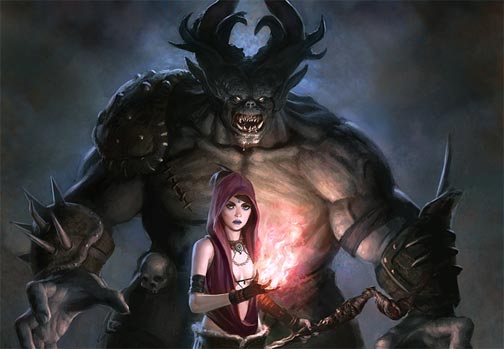

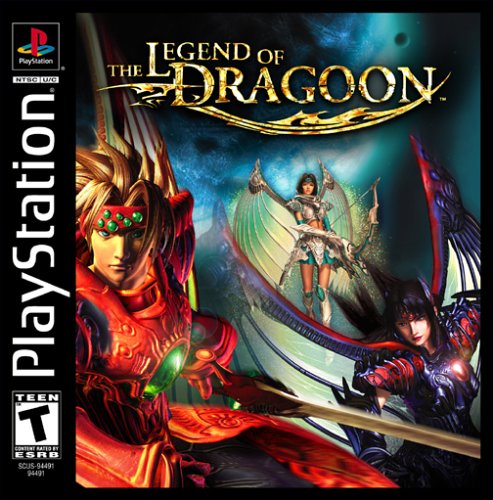

 :)
:)
















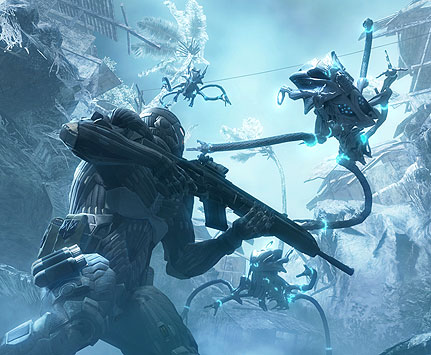






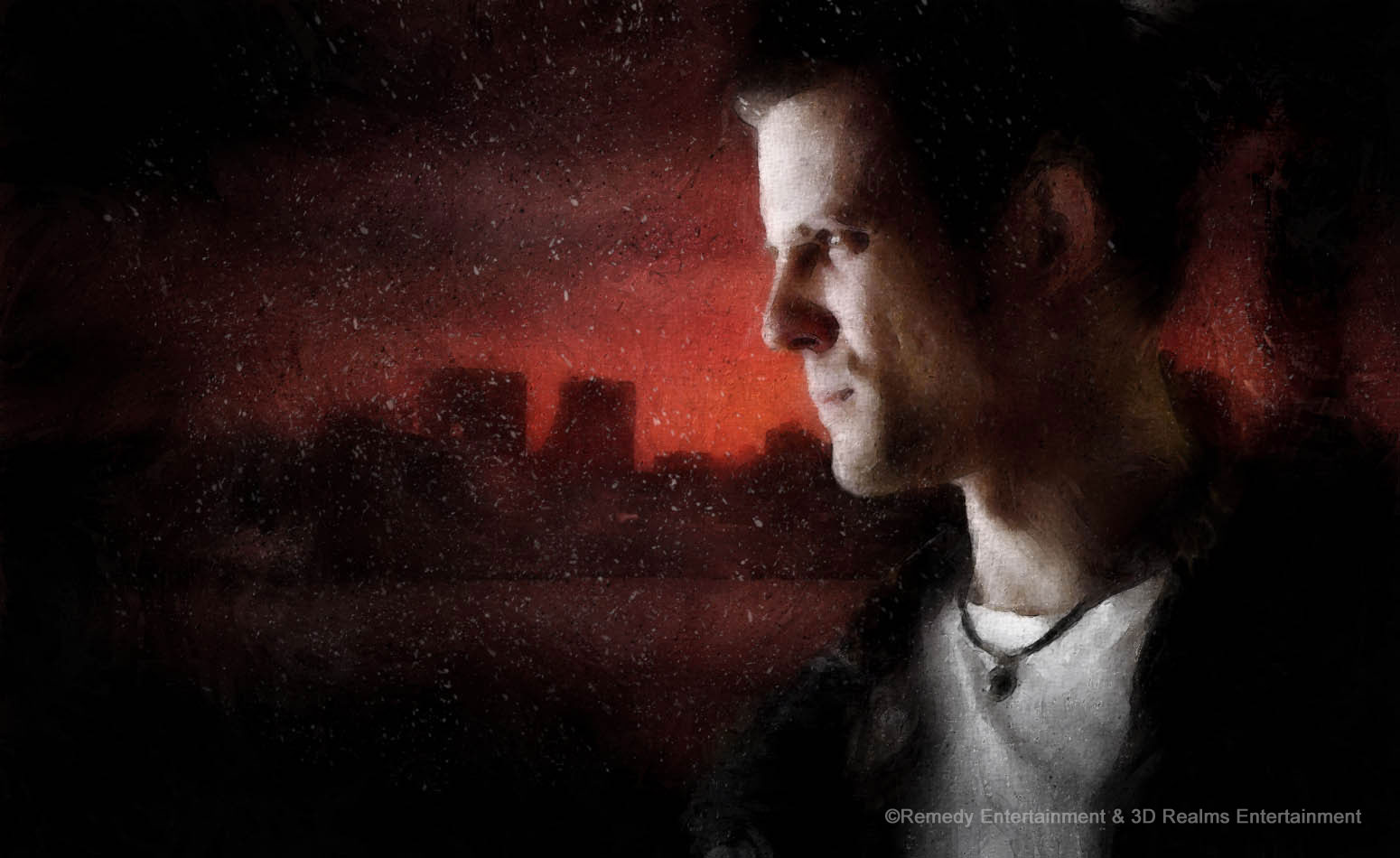
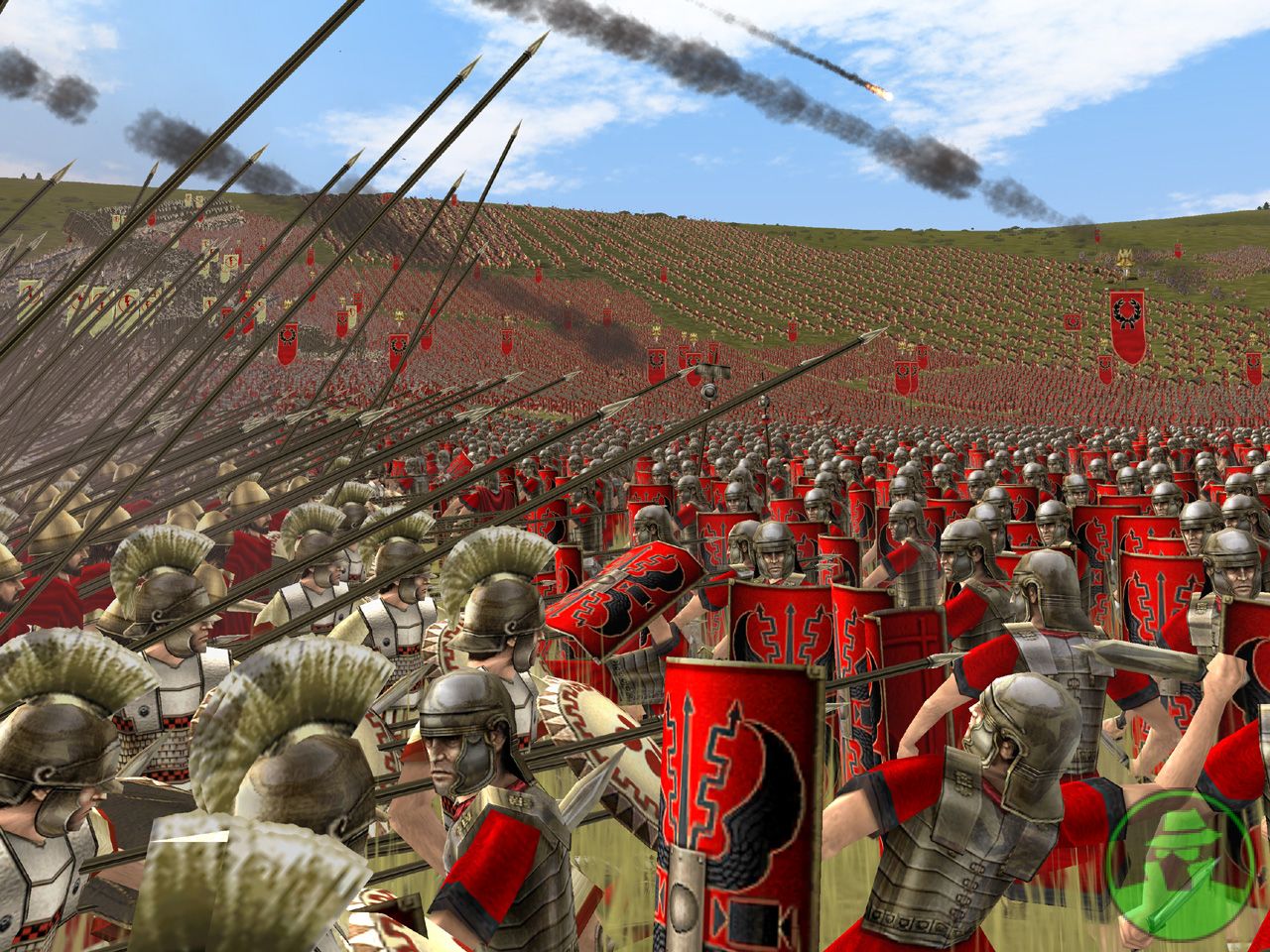






Log in to comment